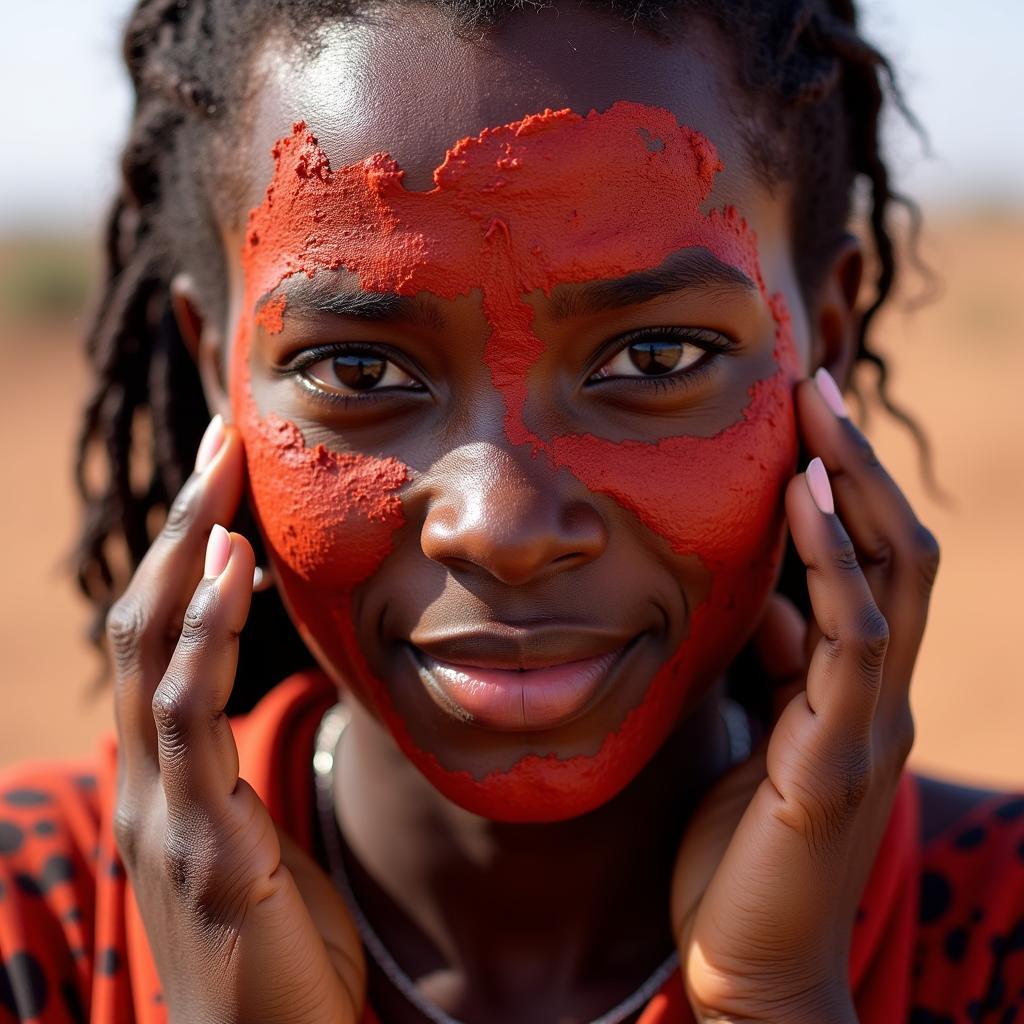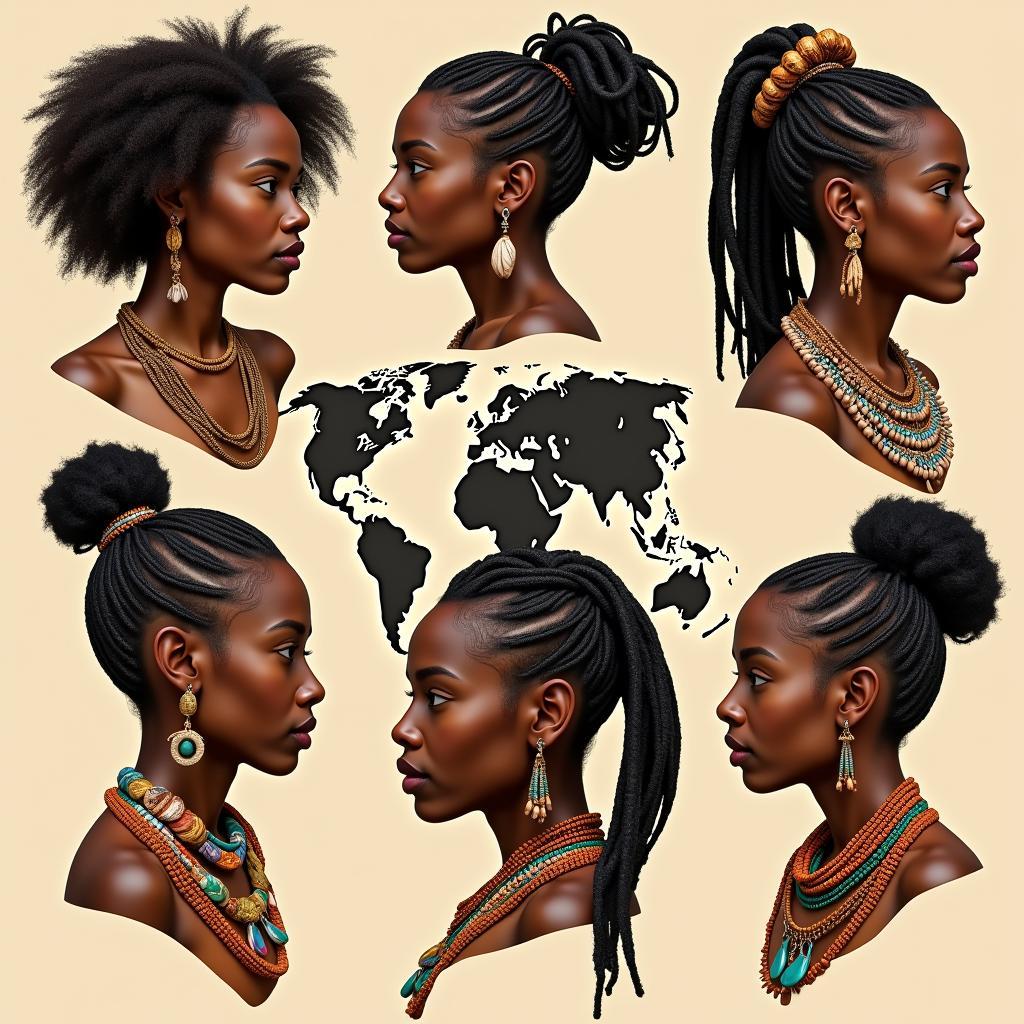Discovering the African Himba Tribe: A YouTube Journey
The African Himba tribe has captured the imagination of many through captivating YouTube videos. These glimpses into their unique culture, traditions, and way of life offer a fascinating window into a world vastly different from our own. This article delves deeper into the world of the Himba people, exploring their history, customs, and the challenges they face in the modern world, with a special focus on the role of YouTube in bringing their story to a global audience.
Unveiling the Himba People: History and Traditions
The Himba, a semi-nomadic pastoralist people, reside primarily in the Kunene Region of northern Namibia and across the border into southern Angola. Their history, steeped in oral tradition, speaks of migrations and resilience in the face of harsh environmental conditions. Their rich culture, deeply connected to their ancestral lands and livestock, has persisted through centuries. The Himba are renowned for their distinctive appearance, particularly the women, who adorn themselves with otjize, a mixture of ochre, butterfat, and aromatic resins, giving their skin and hair a reddish hue. This practice not only serves as a cosmetic enhancement but also protects their skin from the harsh desert sun and insect bites. The Himba’s traditional attire, often consisting of animal skin garments and intricate jewelry, further reflects their deep connection to their environment and cultural heritage.
 Himba woman applying otjize paste
Himba woman applying otjize paste
The Himba on YouTube: A Digital Window into Their World
YouTube has become an increasingly important platform for sharing the Himba story with the world. Numerous documentaries and vlogs offer insights into their daily lives, rituals, and cultural practices. These videos provide a unique opportunity for viewers to learn about the Himba people directly, experiencing their traditions and hearing their voices. However, the representation of the Himba on YouTube also raises important ethical considerations. It’s crucial to ensure that these portrayals are respectful, accurate, and avoid perpetuating stereotypes. Responsible filmmaking practices, including obtaining informed consent and collaborating with the Himba community, are paramount to ensuring authentic and empowering narratives.
Challenges and Adaptations in the 21st Century
The Himba, like many indigenous communities worldwide, face significant challenges in navigating the complexities of the 21st century. Issues such as climate change, land rights, and access to education and healthcare pose significant threats to their traditional way of life. However, the Himba have demonstrated remarkable resilience and adaptability. They are increasingly engaging with the outside world, utilizing technology and seeking opportunities to improve their livelihoods while preserving their cultural heritage.
Dr. Kaiapo Namibia, a cultural anthropologist specializing in Southern African communities, notes, “The Himba are not simply clinging to the past. They are actively shaping their future, finding ways to balance tradition with the demands of a rapidly changing world.”
Himba Culture: Beyond the YouTube Lens
While YouTube provides a valuable glimpse into the Himba world, it’s essential to recognize that it represents only a fraction of their rich and complex culture. Their oral traditions, intricate social structures, and deep spiritual beliefs are often nuanced and require deeper exploration. Further research and engagement with the Himba community are crucial to gaining a more comprehensive understanding of their unique heritage.
Professor Lena Mohambwe, an expert in African oral history, emphasizes, “The stories and traditions passed down through generations are the heart and soul of the Himba identity. These narratives hold the key to understanding their past, present, and future aspirations.”
The Future of the Himba: Preserving Culture in a Digital Age
The increasing visibility of the African Himba tribe on platforms like YouTube presents both opportunities and challenges. It allows their story to be shared with a global audience, fostering understanding and appreciation for their unique culture. However, it’s vital to ensure that this digital presence empowers the Himba community and contributes to the preservation of their cultural heritage for generations to come. Responsible tourism and ethical filmmaking practices are key to achieving this goal.
In conclusion, the African Himba tribe, as showcased on YouTube, offers a captivating glimpse into a rich and resilient culture. By engaging with their story responsibly and seeking deeper understanding, we can contribute to the preservation of their unique heritage in a rapidly changing world. Searching for “african himba tribe youtube” opens a digital door to their world, but it’s only the beginning of a journey of discovery.
FAQ
- Where do the Himba people live? They primarily reside in the Kunene Region of northern Namibia and southern Angola.
- What is otjize? It’s a mixture of ochre, butterfat, and aromatic resins used by Himba women for cosmetic and protective purposes.
- What are the main challenges facing the Himba? Climate change, land rights, and access to education and healthcare are significant concerns.
- How are the Himba adapting to the 21st century? They are increasingly engaging with technology and seeking opportunities to improve their livelihoods while preserving their culture.
- How can I learn more about the Himba beyond YouTube? Further research, books, and responsible travel can provide deeper insights.
- Are there any ethical considerations regarding Himba representation on YouTube? Yes, ensuring respectful and accurate portrayals and obtaining informed consent are crucial.
- What is the significance of Himba oral traditions? They are the foundation of their cultural identity and hold the key to understanding their history and beliefs.
When you need support, please contact us:
Phone: +255768904061
Email: kaka.mag@gmail.com
Address: Mbarali DC Mawindi, Kangaga, Tanzania
We have a 24/7 customer service team.



